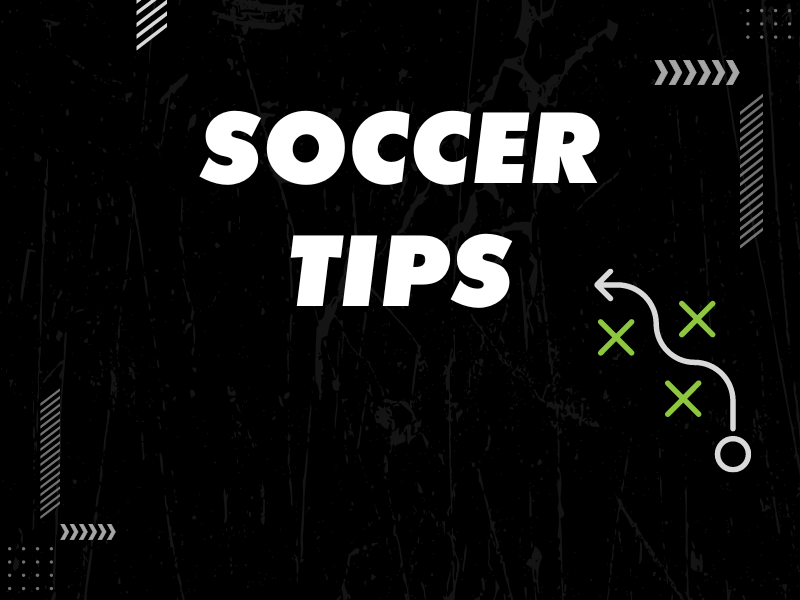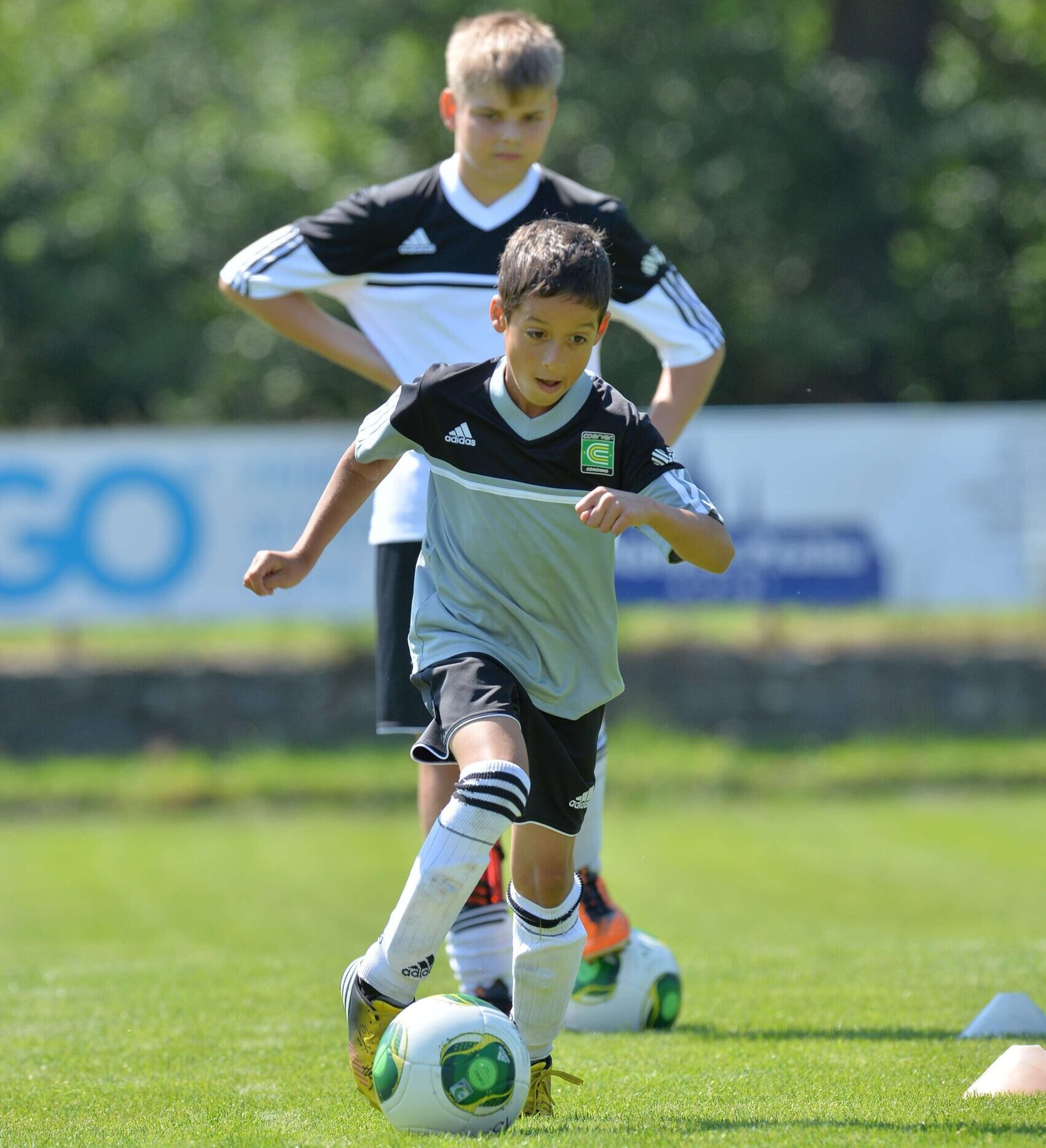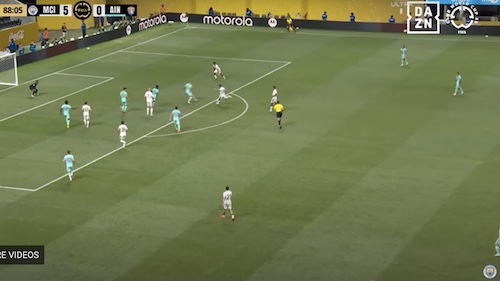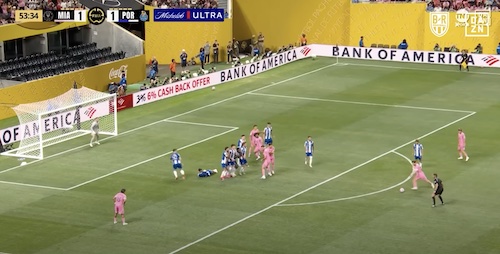Not everyone is born as fast or as athletic as someone like Newcastle’s DeAndre Yedlin, but you can improve your speed and agility with a few simple adjustments to your running style and by running through the training exercises mentioned below.
Here Yedlin chased down a defender with his speed.
First thing to do is to get in shape. If you’re carrying extra weight then you’re not going to be as fast or agile on the field. In soccer, it’s rare that you’re sprinting over 30 yards, so improving your speed is all about those first few steps where you really want to push hard off the ground and not necessarily try to lengthen your stride. Go for power at the start, so short steps to push off the ground and propel yourself faster.
Building speed will come with building strength through repetition. Work on on your technique, getting your arms and legs moving in a rhythm but not swinging wildly outside your body – strive for 90 degree angles with your arms. Land on the front half of your foot, not your toes, and so you’re not landing on your heels. Vary your training with box jumps, broad jumps, and hill sprints, to build fast-twitch muscle fibers to improve your speed.
In soccer, you want to be fast throughout a 90 minute game, so being in shape is crucial if you’re going to run down that attacker in the final ten minutes. But practically, working on your sprinting technique, doing short sprints of ten to twenty yards will help you gain speed. There’s also the idea that some players just have been told they’re slow. So it’s almost a mental concept that they have to break through. This too will come with working on your sprinting technique which will give you more confidence.
A few things you can do improve your agility and speed are running up stairs, high knees, and jump roping. These are strength building exercises that will give you more power and help with how quickly you can react to the ball. It’s also about creating muscle memory. So while you want to build endurance and get in shape overall, soccer is again, about short sprints, jumping, running backwards, turning, falling down, getting up – so it’s good to re-enact these types of movements and get comfortable with making adjustments to when you fall or have to quickly turn and sprint back.
Some agility drills include using a ladder to run through so you’re working on quick steps. Exercises where you’re jumping, hopping and running to the side and backwards with help with both speed and agility. Any drill that helps improve your balance and body control will improve your agility too, so drills where you have to make adjustments to balls in the air or shuffle to the side to receive a pass. Get comfortable with these different types of body movements and then work on increasing the quickness and reaction time when doing them.
And while some squats, lunges and leg extensions are good, one doesn’t have to get Cristiano Ronaldo like legs through weight lifting. Instead, do quick sprints and shuttle runs to build leg strength while also improving your technique. Start out slow to ensure your movement is right then increase your pace. Zig-zag type sprints are ideal too, since you’re rarely running in a straight line during a soccer game – add in dribbling a soccer ball as you get more comfortable.
Again, I’d argue that many times speed and agility is a mental block. Notice how after players who score a goal have an amazing amount of energy and race across the field in pure joy, sometimes even doing a backflip. Working on your sprinting technique and agility will give you the confidence and the energy to perform at your best, perhaps even just like you’ve scored a goal.















